TOTAL Magic Giftpack includes Chef Paul Prudhomme’s first cookbook, Chef Paul Prudhomme’s Louisiana Kitchen, nine Magic Seasoning Blends® (Meat Magic®, Poultry Magic®, Blackened Redfish Magic®, Seafood Magic®, Blackened Steak Magic®, Pork & Veal Magic®, Vegetable Magic®, Herbal Pizza & Pasta Magic®, and Hot & Sweet Pizza & Pasta Magic®) and Magic Pepper Sauce®.
Chef Paul Prudhomme’s Louisiana Kitchen, Chef Paul’s 1984 groundbreaking book, brought the flavors and cooking styles of his native south Louisiana to the attention of the nation and started a trend that continues today.
Chef Paul Prudhomme’s first cookbook has been called the best Louisiana regional American cookbook ever published. Chef Paul shares his secrets for the very best cooking from old favorites like Seafood Gumbo with Andouille Smoked Sausage, Shrimp Creole, Turtle Soup, Chicken and Tasso Jambalaya, Cajun “Popcorn” Crawfish Etouffée, Blackened Prime Rib and Sweet Potato Pecan Pie.
People often ask me what’s the difference between Cajun and Creole cooking. Cajun and Creole cuisines share many similarities. Both are Louisiana born, with French roots. But Cajun is very old, French cooking. Cajun food began in Southern France, moved on to Nova Scotia and then came to Louisiana. The Acadians adapted their dishes to use ingredients that grew wild in the area – bay leaves from the laurel tree, filé powder from the sassafras tree and an abundance of different peppers such as cayenne, Tabasco peppers, banana peppers and bird’s-eye peppers that grow wild in South Louisiana – learning their uses from the native Indians.
The evolution of Creole cooking, just like Cajun, has depended heavily on whatever foods have been available. But Creole food, unlike Cajun, began in New Orleans and is a mixture of the traditions of French, Spanish, Italian, American Indian, African and other ethnic groups. Seven flags flew over New Orleans in the early days, and each time a new nation took over, many members of the deposed government would leave the city; most of the cooks and other servants stayed behind. The position of cook was highly esteemed and the best paid position in the household. Those cooks, most of whom were black, would be hired by other families, often of a different nationality. Of course the cooks would have to change their style of cooking. Over a period of time, they learned how to cook for a variety of nationalities, and they incorporated their own spicy, home-style way of cooking into the different cuisines of their employers. This is the way Creole food was created. Creole cooking is more sophisticated and complex than Cajun cooking – it’s city cooking.
Today in homes, there is still a distinction between Cajun and Creole cooking; in restaurants, little distinction remains. That’s why I refer to the two together as one – Louisiana cooking.
Chef Paul Prudhomme
To use Magic Seasoning Blends® in recipes found in Chef Paul Prudhomme’s Louisiana Kitchen cookbook, simply add up the amount of dry herbs and spices called for in the recipe’s “Seasoning Mix”. Substitute approximately the same amount of the appropriate blend (for example, if you were doing a chicken dish, you’d substitute Poultry Magic®) for the herbs and spices in the cookbook.
If a recipe calls for a sweet spice or an unusual ingredient subtract the amount of sweet or unusual spice prior to adding up the dry herb seasoning mix, then add back the subtracted ingredient(s) to the Magic Seasoning Blends® amount required for the conversion.
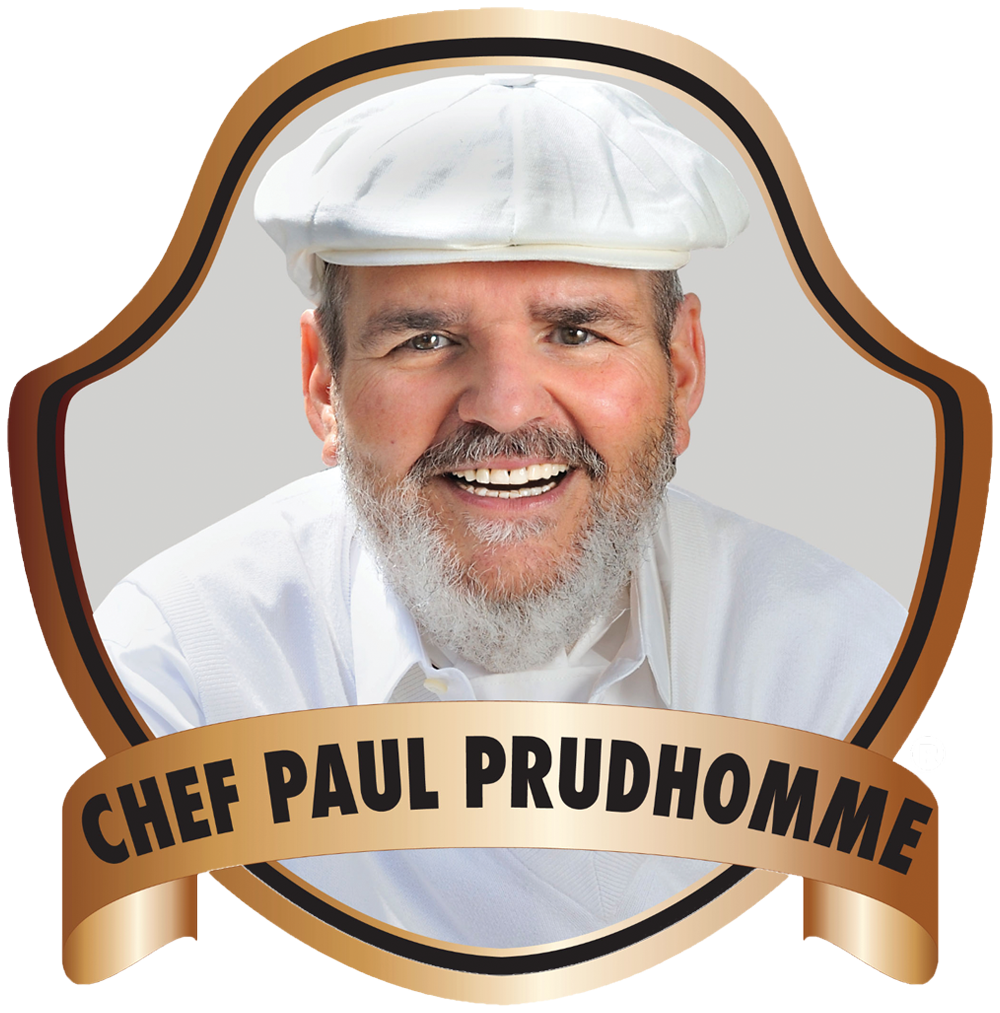
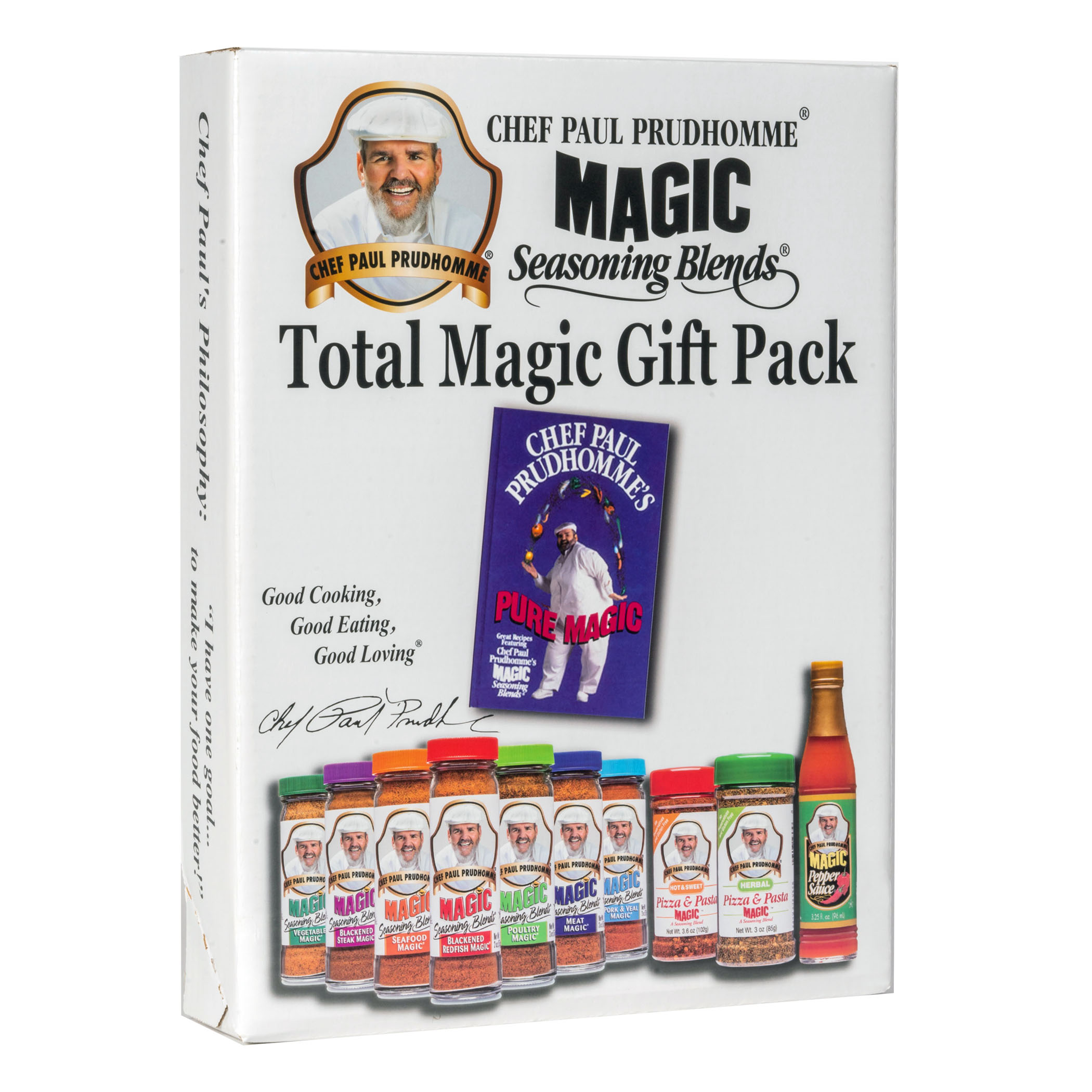
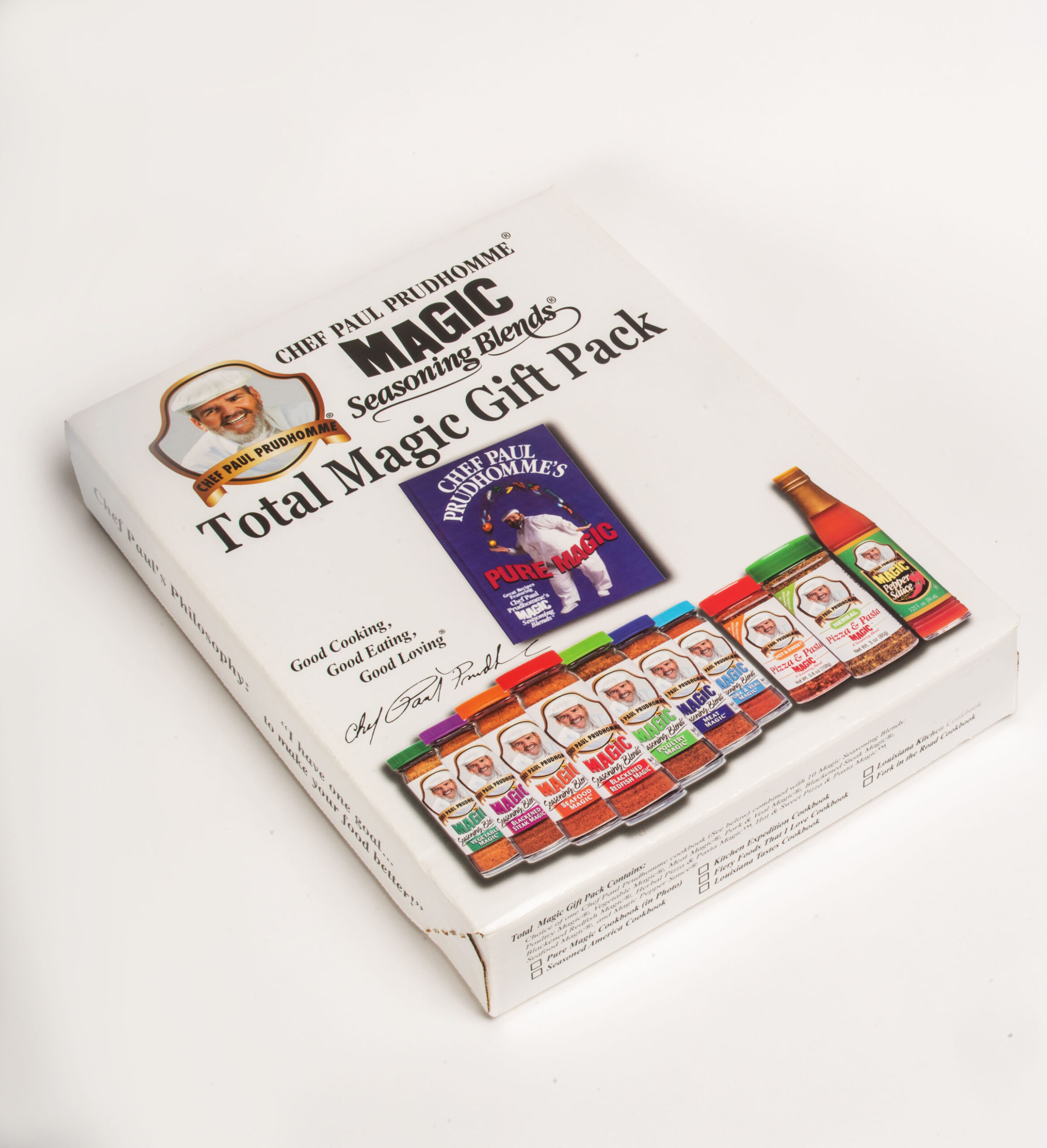
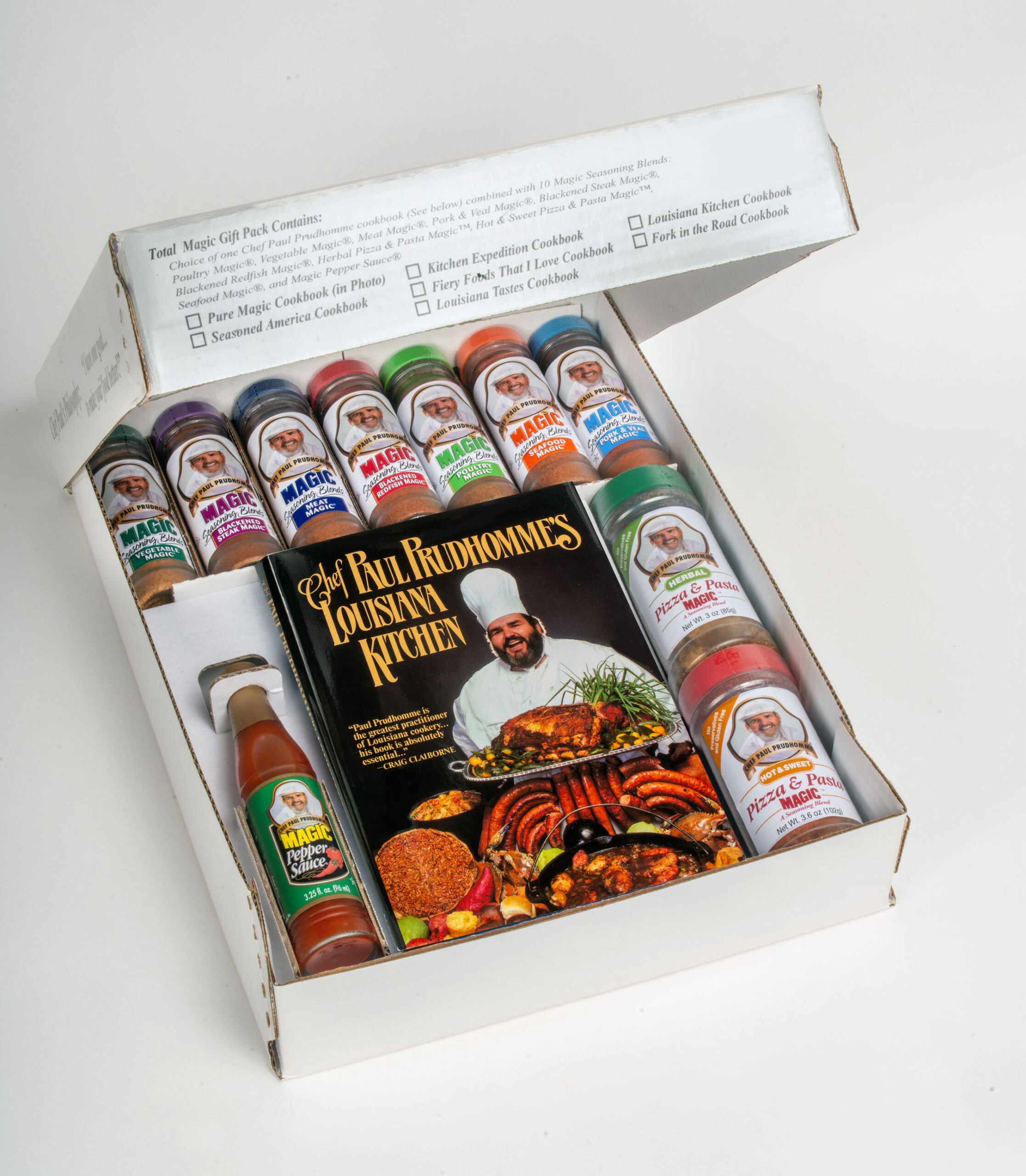
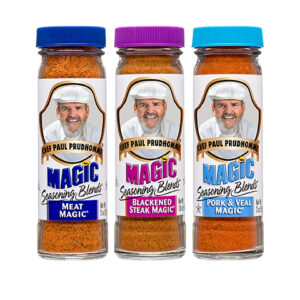
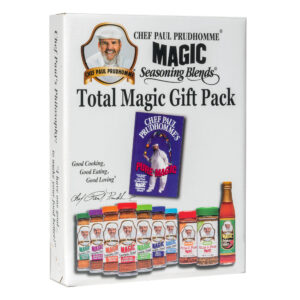
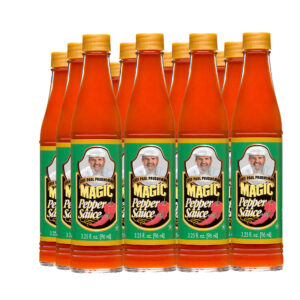
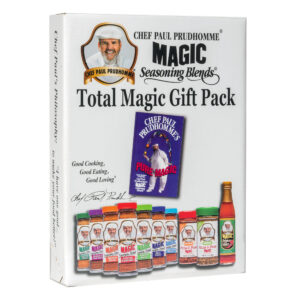
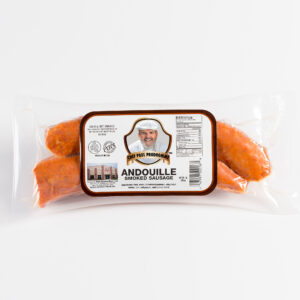
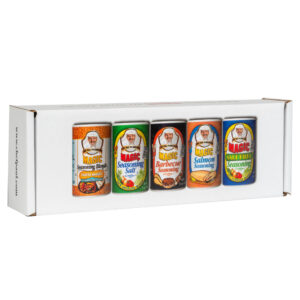
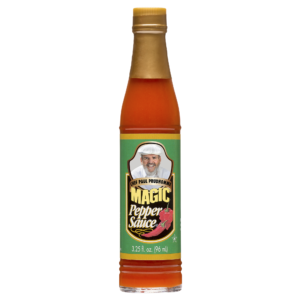
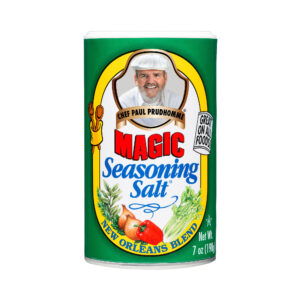
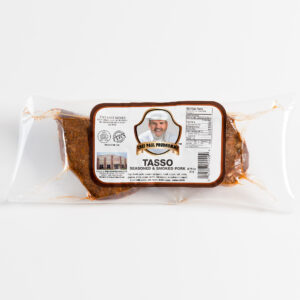
Jane Burris –
Rediscovering the wonderful flavorful Chef Paul seasonings!
Jane Cunningham –
I have Chef Paul Prudhonmme’s Always Cooking cookbook. I use it often.